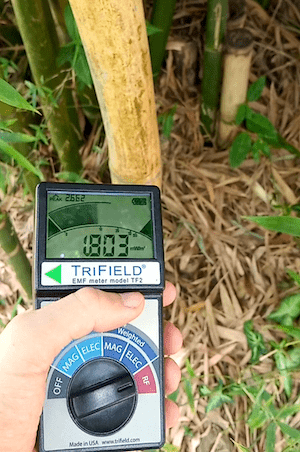8 types of micro balcony forest gardens. Sure there is one for you!
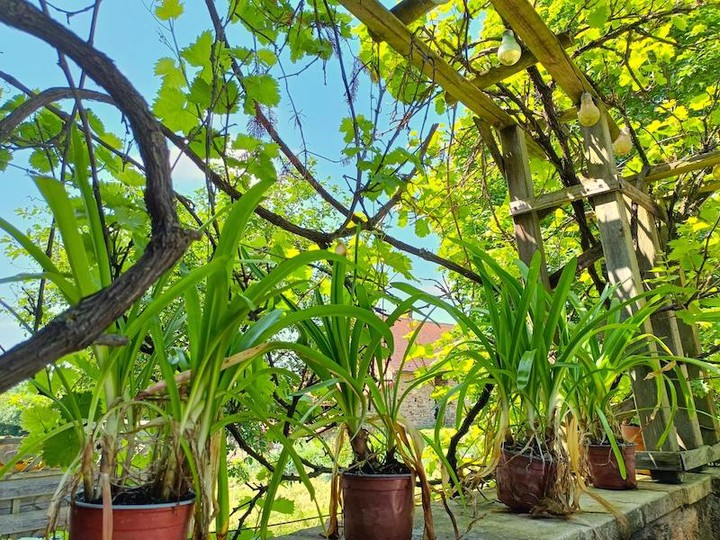
I originally published this article in French on the webzine Vibre Magazine. It is the 4th episode of a series of 4 articles on planting a tiny food forest on the balcony.
A balcony planter is so small that we can sometimes give up on the idea of turning it into a micro food forest, thinking that we’ll only be able to produce a tiny fraction of our food there anyway.
And yet, despite its small size, a mini-garden on the balcony can provide a surprising variety of services.
To conclude this series of articles about the micro balcony forest, here are 8 ideas for an urban micro forest garden, 8 design themes, to open up our horizons and inspire us.
I bet you’ll love at least one of these micro-gardens! There’s one for everyone!
Table of Content
- 1. A micro food forest of rare vegetables
- 2. A medicinal micro forest
- 3. A bioclimatic micro-forest
- 4. A micro remediation factory to clean up pollution and strengthen the urban ecosystem
- 5. A micro biofactory
- 6. A micro landscape to shape and observe
- 7. A therapeutic micro-forest
- 8. Your own multifunctional forest?
- Did you like this article?
- How to follow my explorations?
1. A micro food forest of rare vegetables
While it’s true that it will be hard to achieve food self-sufficiency with a micro balcony food forest, it will be easy to produce foods that are rarely found on the shelves of urban grocery stores!
For example, do you often buy kale flowers to brighten up your salads?
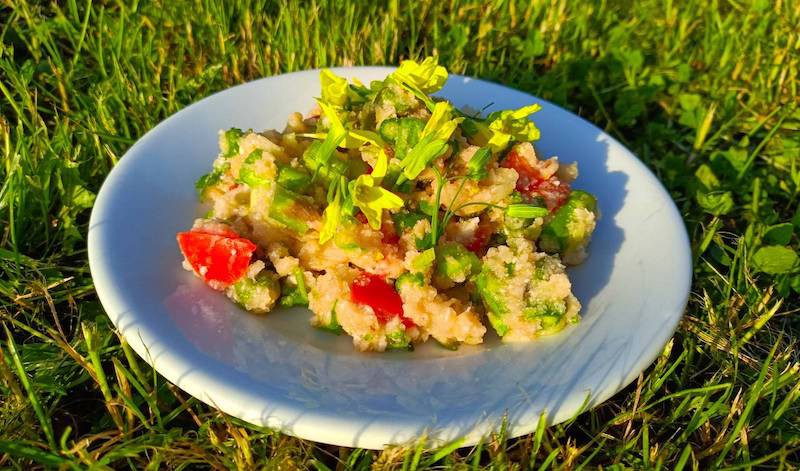
Or sweet potato leaves, to pan-fry them like spinach? Or perpetual leek, to use as a condiment in a stew?
A tiny production of rare vegetables can make a lot of sense, to offer your palate flavors that can’t be found in stores!
2. A medicinal micro forest
As for plants with therapeutic properties, they are generally used in very small quantities.
A small cultivated balcony is ideal for growing your personal pharmacopeia, or “physic garden”, as it was known in the Middle Ages.
Violet, yarrow, sage, lavender, thyme, rosemary, ginger, blackcurrant, horsetail, nettle, and more. A whole range of plants to brew, or dry yourself to fill your medicine cabinet for the winter.
Most of the time, these plants are also perennials. Often beautiful and fragrant, they attract bees and butterflies, like this flowering sage.
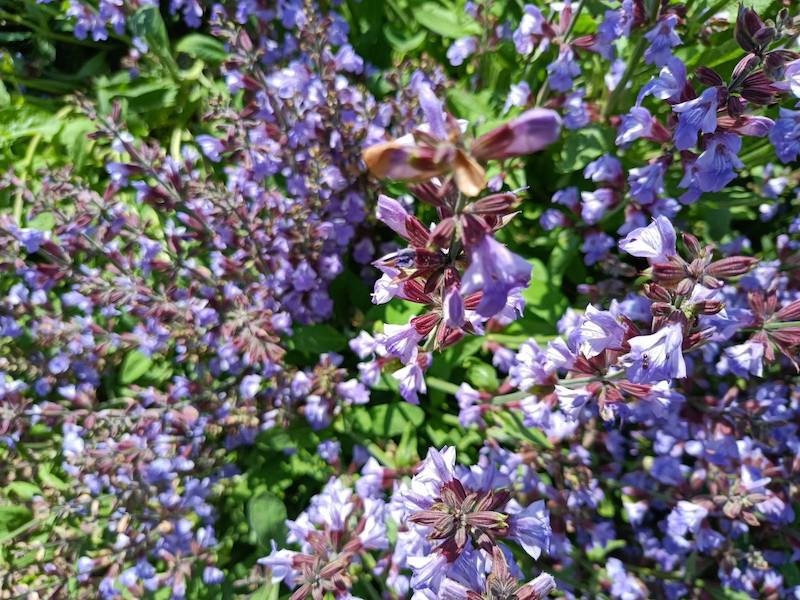
3. A bioclimatic micro-forest
Have you ever noticed, on hot, dry summer days, how cool and moist the air under the canopy of a forest remains?
By choosing climbing plants and preparing a trellis they can colonize, you can shade your balcony and regulate its microclimate.
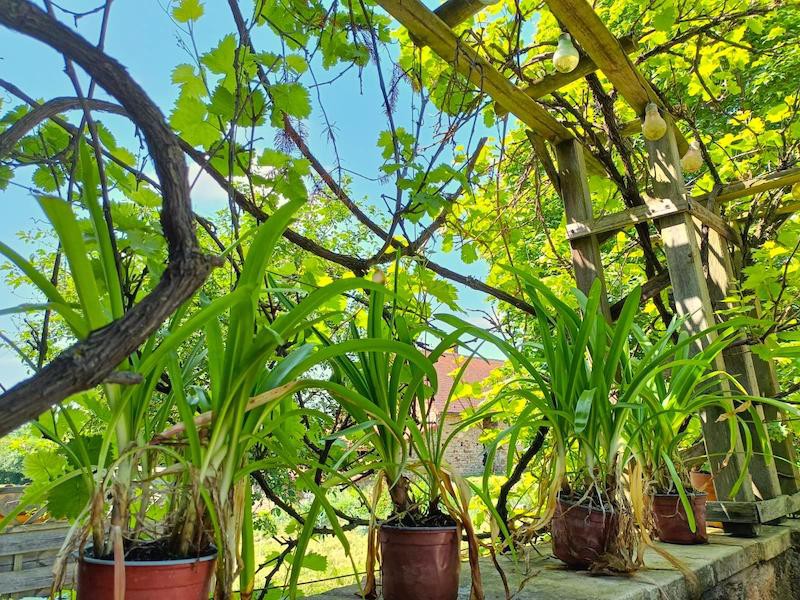
I’m thinking, for example, of a canopy of vines like the one in this photo, climbing zucchinis like loofahs, or even wisteria, which adorns landscapes with majestic cascades of edible flowers in May.
But a few small trees in well-placed pots can also provide shade, keep things cool and slow the winds.
4. A micro remediation factory to clean up pollution and strengthen the urban ecosystem
All those flowers on your balcony will feed bees and a host of other insects that have a hard life in urban areas. It’s often said that forests and plants help to clean up the air.
By recycling some of your food waste on your balcony, directly at the foot of the plants, you also remove these from going along all the treatment steps of organic waste normally handled by the local authorities.
5. A micro biofactory
I discovered this little bottle in a museum in Taiwan. Do you know what it is made of?

Photo from the National Palace Museum, Taiwan (CC-BY).
It’s a gourd, a fruit from the squash family! It was cultivated in China in the 18th century. Its precise shape and sophisticated patterns come from a mold in which it was grown…
With a little practice, you really can grow objects as elaborate and durable as this little bottle, even on a balcony!
I’m also thinking of loofahs, a climbing zucchini that produce natural sponges.
Or why not try your hand at growing willow branches for weaving? A willow tree, planted in a pot and pruned every winter will produce flexible branches to weave baskets!
And did you know that some craftsmen grow entire pieces of furniture by shaping living trees? Like Gavin Munro, an artist-gardener in the UK who patiently grows chairs and tables. On a balcony, for example, you could definitely grow your own lamp cap, or a stool!
In addition to being a biodiversity reserve and a depolluting powerhouse, your balcony can be transformed into a small biomaterials factory, inviting you to combine your talents as a gardener and a craftsman or craftswoman.
6. A micro landscape to shape and observe
We could also choose to focus on aesthetics. Balance in the arrangement, harmony of forms and colors. For the pleasure of the eyes, and to offer beauty to the neighborhood.
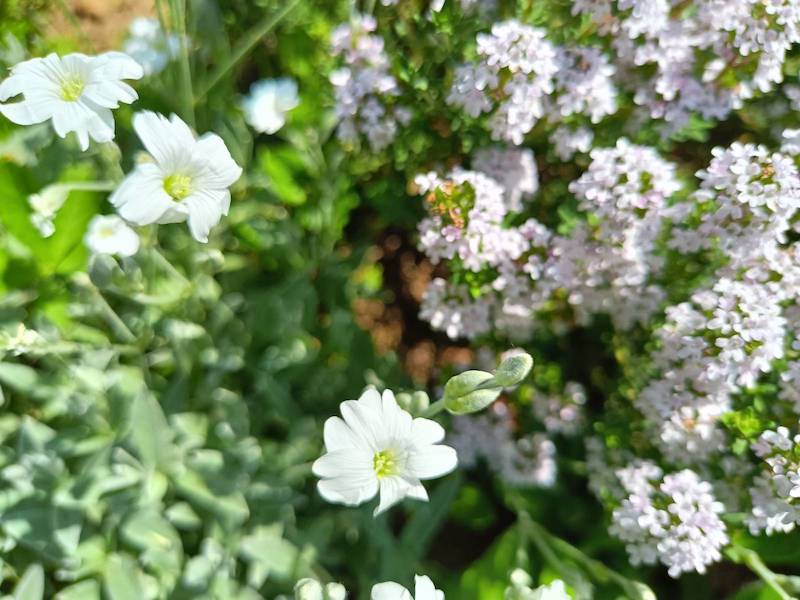
An artistic micro-garden, a feng-shui mini-garden, a small Zen garden. We would train ourselves to prune trees to make bonsais!
As I suggested in the previous episode, focusing on this contemplative and idle function of a micro-garden is not in contradiction with learning a lot about ecosystems, observing plant-insect interactions and rediscovering wild plants.
7. A therapeutic micro-forest
If we continue on this path of contemplation and relaxation, our little forest can even become a source of well-being!
According to the work of Yoshifumi Miyazaki in Japan, when we spend time in the forest, it seems one can measure physiological changes, such as lower blood pressure, stimulation of the immune system, and so on.
It’s called forest therapy, or forest bathing.

So why not plant a mini-balcony forest and immerse yourself in it frequently to benefit from its subtle therapeutic virtues?
8. Your own multifunctional forest?
So many possibilities for creating your custom micro-forest! I’m sure I’ve forgotten some. Each balcony forest can be unique, adapted to the gardener.
But what I love most is when all these “functions” are not separated. A micro-forest that is edible, produces furniture, is charming to the eyes, regulates the microclimate, and supports urban biodiversity.
Doesn’t nature itself tend to multiply functions in the same place? A natural forest is all at once beautiful, therapeutic, depolluting, nourishing, bioclimatic, and so on.
Imitating nature also means combining all these functions in the same micro-forest. It’s a way of thinking that’s less disciplinary, linear, and simplifying; more systemic, arborescent, and complex.
In short, grouping instead of separating means nurturing a way of being and acting that’s closer to the natural functioning of living things.
All right, enough chatter!
And happy gardening ;)
Did you like this article?
Great! Then, you may also like to read how we grew a small vegetable garden with simple techiques on the rooftop of our building in Taiwan.
